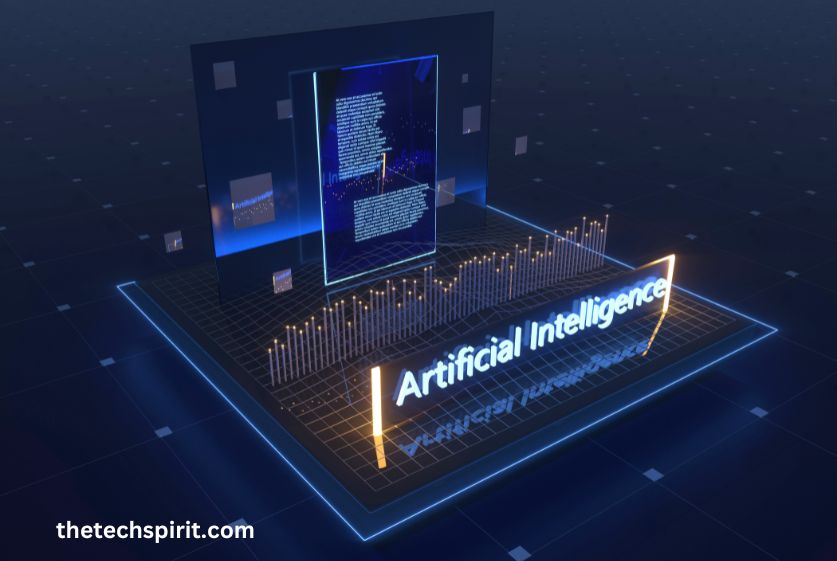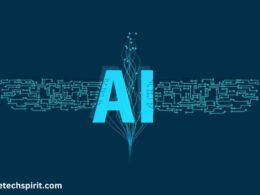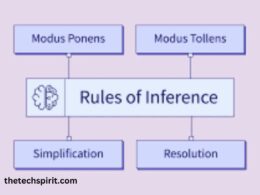Artificial intelligence (AI) systems rely heavily on knowledge bases – structured repositories of information that support automated reasoning and decision-making. As AI continues to expand into more complex domains like self-driving cars, medical diagnosis, and financial planning, constructing a comprehensive, up-to-date knowledge base becomes critical.
I am sharing my knowledge about what constitutes a Knowledge Base in Artificial Intelligence, methods for developing knowledge bases, key challenges, applications in AI, and best practices for implementation.
Table of Contents
What is a Knowledge Base?
A knowledge base is a specialized database designed for knowledge management, providing a way for AI agents to store, organize, and retrieve knowledge.
It contains both structured and unstructured information, encoding concepts, rules, relationships, logic, taxonomies, metadata, and other representations of human understanding of the world. This semantic network of knowledge enables automated systems to make inferences and recommendations.
Structured vs Unstructured Knowledge
Structured knowledge in a knowledge base refers to well-organized, interlinked data with a predefined schema, like taxonomies, rules, and properties. It uses standard models like ontologies.
Unstructured knowledge encompasses free-form text, documents, audio, video, and other multimedia. AI techniques can extract underlying structures and relationships from unstructured data through natural language processing.
Types of Knowledge Bases
There are several key types of knowledge bases:
- Ontologies: Conceptual models representing relationships between real-world entities
- Taxonomies: Classification systems organizing information into hierarchical categories
- Knowledge graphs: Network representations where nodes denote entities and edges depict relations
- Rule bases: Sets of instructions, recommendations, and inferential rules encoding expertise
- Databases: Relational, graph-based, document, and other databases
Methods for Constructing a Knowledge Base
Building a comprehensive knowledge base requires employing a mix of techniques:

Manual Curation
Subject matter experts manually identify, organize, and input key information according to a defined structure. This produces high-quality knowledge but does not scale.
Web Scraping
Automated scraping can extract large volumes of unstructured data from websites, documents, and databases. This unlocks broader coverage but requires processing to improve relevancy.
Crowdsourcing
Leveraging inputs from a distributed network of human operators enables scalable data collection while reducing bias. Quality control can prove challenging.
Machine Learning
Machine Learning techniques like pattern recognition, classification, and information extraction can automatically mine useful knowledge from raw data. However, algorithms require extensive training data.
Challenges in Building a Knowledge Base
While knowledge bases empower AI, creating truly intelligent systems involves surmounting several key challenges:
Acquiring Quality Data
Obtaining timely, relevant data at scale remains the primary obstacle. Strategies should balance automation with human-led curation to maximize accuracy and depth of knowledge.

Encoding Knowledge
Representing the complexity of the real world requires rich, carefully structured ontologies. Knowledge engineering must evolve vocabularies and semantics to capture nuanced relationships.
Handling Inconsistencies
Integrating discrete data sources often introduces contradictions that must be reconciled. Resolving conflicting information is critical for sound conclusions.
Applications of Knowledge Base in Artificial Intelligence
Robust knowledge bases drive a range of real-world AI applications:

Question Answering
Knowledge graphs boost inference capabilities for conversational systems, allowing chatbots and voice assistants to directly answer factual queries.
Recommender Systems
Taxonomies, user preferences, and usage data fuse to enable personalized recommendations in e-commerce, media, and finance.
Chatbots
Expanding the domain breadth and semantic interpretation skills of chatbot knowledge bases leads to more naturally intelligent dialog.
Best Practices for Developing a Knowledge Base
Successfully leveraging knowledge bases for AI requires:

Start Small, Then Expand
Initially focus on a well-defined domain. Master internal processes before incorporating external sources.
Maintain Clean, Organized Data
Apply consistent schemas and taxonomies. Continuously monitor for duplications and conflicts.
Monitor and Update Regularly
Schedule ongoing content reviews to keep pace with new entities, concepts, and relationships.
Integrate Human Validation
Manual reviews by subject matter experts safeguard against outdated, biased, or incorrect information.
Conclusion
Constructing an intelligent, production-ready knowledge base necessitates combining tried and true approaches of knowledge engineering with leading-edge Machine Learning to generate both structured and unstructured knowledge.
While significant challenges remain, continued progress in representation learning, reasoning and curation will pave the way for AI systems endowed with deeper understanding across more ambitious applications. Maintaining high-quality, comprehensive, and up-to-date knowledge underlies the realization of artificial general intelligence.
FAQs
What are the key components of a knowledge base?
The core components are concepts and entities, relationships connecting them, rules and logic for reasoning over data, taxonomies, and ontologies for organization, and supporting unstructured evidence.
What are some leading knowledge bases for AI?
Top knowledge bases include Cyc, Google Knowledge Graph, Wikidata, YAGO, DBpedia, and Microsoft Satori. Many organizations also develop proprietary bases customized for internal needs.
How is a knowledge graph different from ontology?
While both represent entities and relationships, the main differences are: that ontology emphasizes formal logic constraints; graph offers more flexibility; graph focuses on instance-level knowledge; and ontology targets conceptual knowledge.
Why is human involvement still needed despite advances in ML?
Humans excel in areas like abstraction, creativity, and holistic understanding which remain extremely challenging for ML. Human-led curation and validation enable knowledge bases to incorporate these strengths.
How can quality and consistency be ensured at scale?
QC strategies should encompass assessment frameworks measuring the completeness, accuracy, and validity of information. Automated pipelines can check for inconsistencies and inaccuracies, with manual review before integration.









